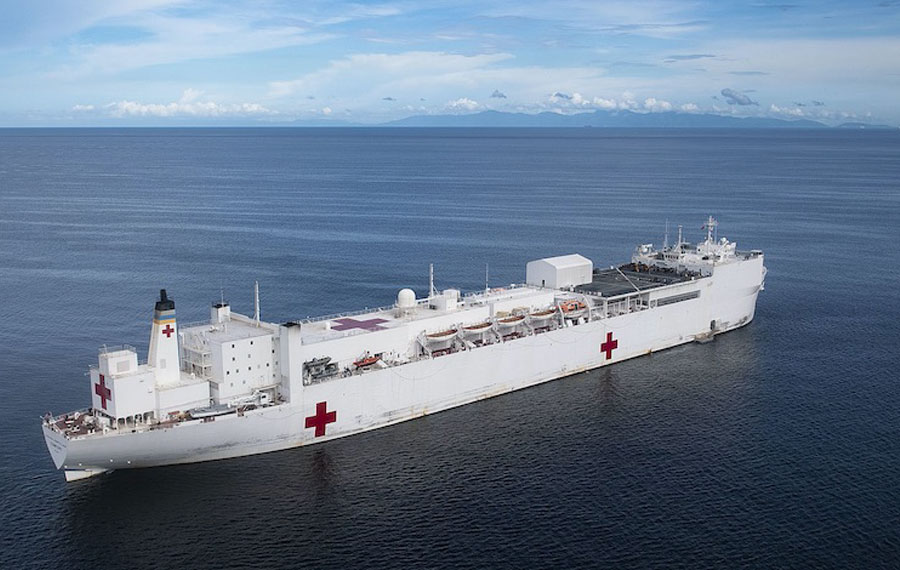
NEW YORK — Skyrocketing unemployment in the COVID-19 pandemic poses an even greater threat to a segment of the workforce that historically has faced significant challenges: people with disabilities.
Last year, the unemployment rate for people with disabilities was about 70%, but it had started to come down and might have continued. As the job market rebounds, said Vince Loose, president and chief executive of SourceAmerica, a nonprofit that creates job opportunities for people with disabilities, it will be important to ensure that people with disabilities are included in plans for the economic recovery.
“They’re hired last and fired first,” he said, “so we really have some concern about what’s going to happen as we come back to work and what their employment opportunities will be going forward.”
He said the pandemic has had a big impact on the nature of work itself, and that may open new opportunities for people with disabilities.
Limited mobility is a major obstacle for many workers with disabilities. Loose noted that with entire states shutting down to stop the coronavirus spread, many workers have had to find ways to do their jobs from home.
“Now I think employers will realize that telework is something that can work for them, and they really need to look to differing abilities and skill sets and capabilities that exist, but they would not necessarily have hired in the past.”
He said he hopes the momentum toward meaningful employment for professionals with disabilities won’t be lost because of the COVID crisis.
Even during the crisis, this segment of the workforce has been doing its part as essential workers. Loose said people with disabilities loaded hundreds of pallets of provisions onto the hospital ship USNS Comfort before it sailed to New York.
“And also, the Javits Center medical facility; 2,400 military personnel there need laundry services,” he said. “And so, people with disabilities have taken up the work to take care of all their laundry needs.”
He said people with disabilities are a diverse and talented workforce that is committed to helping the communities where they work and live.
More information is online at sourceamerica.org/covid19.



Comments are closed.